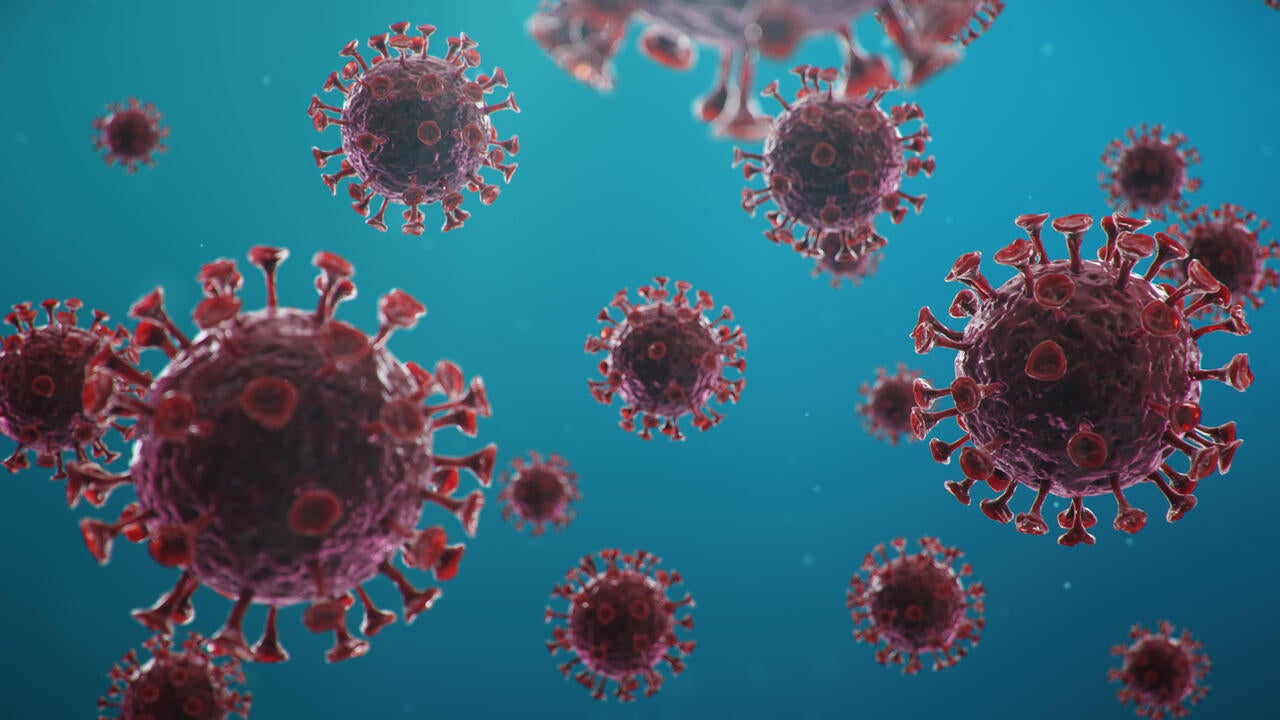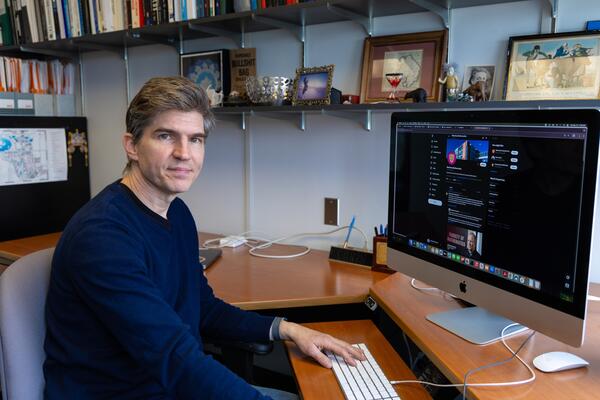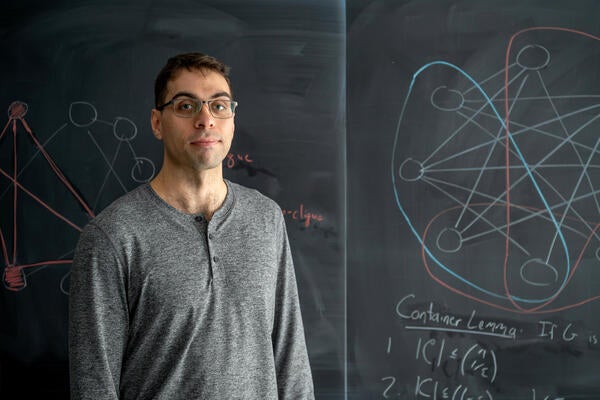
Mathematical models and computer simulations are the new frontiers in COVID-19 drug trials
The new models open the possibility of pre-assessment for drug and vaccine efficacy against the COVID-19 virus.

The new models open the possibility of pre-assessment for drug and vaccine efficacy against the COVID-19 virus.
By Media RelationsResearchers are using computer models to simulate COVID-19 infections on a cellular level – the basic structural level of the human body.
The models allow for virtual trials of drugs and vaccines, opening the possibility of pre-assessment for drug and vaccine efficacy against the virus.
The research team at the University of Waterloo includes Anita Layton, professor of applied mathematics and Canada 150 Research Chair in mathematical biology and medicine, and Mehrshad Sadria, an applied mathematics PhD student.
The team uses “in silico” experiments to replicate how the human immune system deals with the COVID-19 virus. In silico refers to trials situated in the silicon of computer chips, as opposed to “in vitro” or “in vivo” experiments, situated in test tubes or directly in living organisms.
“It’s not that in-silico trials should replace clinical trials,” Layton said. “A model is a simplification, but it can help us whittle down the drugs for clinical trials. Clinical trials are expensive and can cost human lives. Using models helps narrow the drug candidates to the ones that are best for safety and efficacy.”
The researchers, one of the first groups to be working on these models, were able to capture the results of different treatments that were used on COVID-19 patients in clinical trials. Their results are remarkably consistent with live data on COVID infections and treatments.
One example of a treatment used in the model was Remdesivir, a drug that was used in the World Health Organization’s global “solidarity” trials. The simulated model and the live trial both showed the drug to be biologically effective but clinically questionable, unless administered shortly after viral infection.
The model might also work for current and future variants of concern. The researchers anticipate the virus will continue to undergo mutation, which could precipitate new waves of infection.
“As we learn more about different variants of concern, we can change the model's structure or parameters to simulate the interaction between the immune system and the variants,” Sadria said. “And we can then predict if we should apply the same treatments or even how the vaccines might work as well.”
Layton and Sadria are part of a new team, led by researchers at the University Health Network (UHN), which recently received a rapid response grant from the Canadian Institute of Health Research on COVID variants.
The UHN team will conduct experimental studies and modeling simulations to understand the spread of COVID variants in Canada.
The study, Modeling within-Host SARS-CoV-2 Infection Dynamics and Potential Treatments, authored by Sadria and Layton, was recently published in the journal Viruses.

Read more
Here are the people and events behind some of this year’s most compelling Waterloo stories

Dr. Chris Bauch, a professor of Applied Mathematics at the University of Waterloo, is part of a team that has developed a new approach to help public health officials predict where outbreaks might occur. (Elisabetta Paiano/University of Waterloo)
Read more
New research demonstrates that vaccine skepticism on social media can predict public health crises

Read more
Waterloo researcher Cameron Seth is breaking down the world’s hardest computer science problem piece by piece
The University of Waterloo acknowledges that much of our work takes place on the traditional territory of the Neutral, Anishinaabeg, and Haudenosaunee peoples. Our main campus is situated on the Haldimand Tract, the land granted to the Six Nations that includes six miles on each side of the Grand River. Our active work toward reconciliation takes place across our campuses through research, learning, teaching, and community building, and is co-ordinated within the Office of Indigenous Relations.